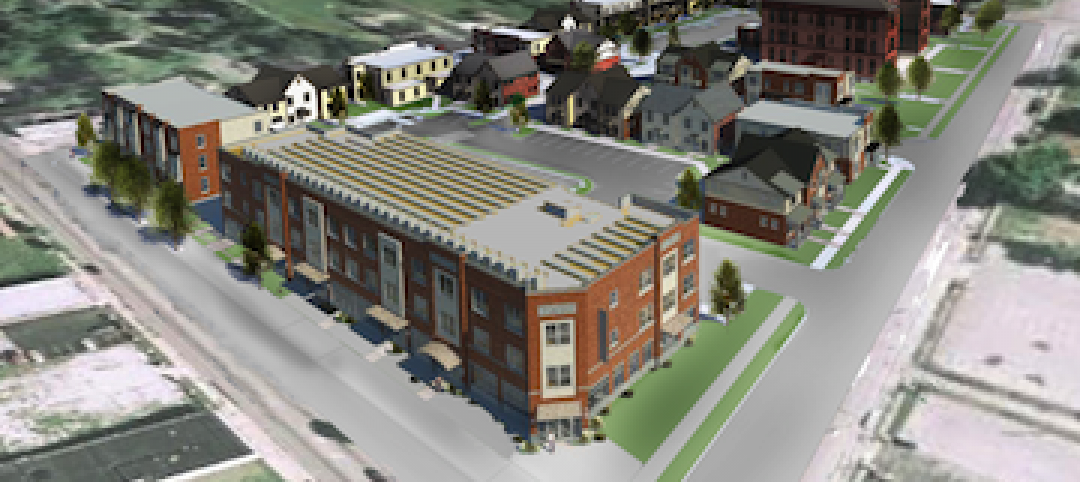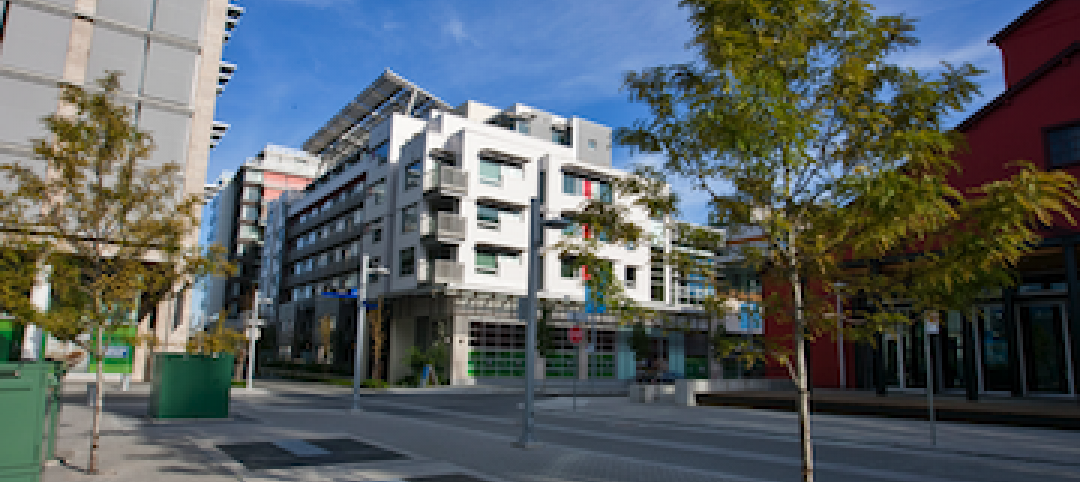Manley Spangler Smith Architects (MSSA), a Georgia-based, full-service architectural firm specializing in educational and municipal facilities, announced today a significant development aimed at increasing its capabilities, expertise, and suite of services. MSSA has merged with PBK, a nationally renowned architecture firm known for its comprehensive services and leadership in the field of educational facilities design. In 2022, PBK was ranked as the #1 Education Design Firm by Building Design+Construction widely regarded as the engineering and design industry’s premiere publication.
The combined firm is known as MSSA-PBK and has two Georgia offices located in Griffin and Sugar Hill.
Dan Boggio, Executive Chairman of PBK said, “What the MSSA Principals have accomplished to this point is extremely impressive. MSSA is a recognized leader in education and municipal design in Georgia and is extremely well regarded by its customers. Combining their long track record of exceptional local service and design excellence with PBK, results in Georgia’s most impressive full-service educational facilities design firm.”
Roy Montalbano, PBK President, further added, “The MSSA-PBK professionals are innovative and are on the leading edge of education architecture and design, ensuring that clients can accomplish their goals and perhaps most importantly, they are enriching peoples’ lives by improving the educational experience for the learners of today and those of the future.”
“This merger of PBK and MSSA is a significant opportunity, not only for our firms but more importantly, for the clients we serve,” said V. Smith, MSSA-PBK Partner. “MSSA-PBK will have the resources and capabilities to provide our clients the expertise of a large firm, delivered with the intimacy of a smaller, local firm.”
About PBK Architects
For over four decades, PBK has served as an award-winning pioneer for architectural and engineering design solutions for clients in education, healthcare, sports and corporate business. With more than 600 professionals across 17 offices, the firm embraces a unique business culture that prioritizes customer service and approaches each project without preconceived notions in order to deliver custom solutions that effectively address the unique needs of each client. The For over four decades, PBK has served as an award-winning pioneer for architectural and engineering design solutions for clients in education, healthcare, sports and corporate business. With more than 600 professionals across 17 offices, the firm embraces a unique business culture that prioritizes customer service and approaches each project without preconceived notions in order to deliver custom solutions that effectively address the unique needs of each client. The industry-leading talent of PBK’s teammates, coupled with the firm’s signature service mentality, enables the firm to provide best-in-class programmers, planners, architects, engineers and consultants that always put the client’s wishes first. For more information visit: www.pbk.com.
About MSSA
Established in 1949, Manley Spangler Smith Architects has grown into a leading firm providing services in the state of Georgia with a purposeful focus on providing each client with attentive service and exceptional expertise in educational facilities. Their passionate team members go above and beyond for each of their clients, making sure that projects are delivered on time, within budget, and far beyond expectations. For more information visit: https://mssarchitects.com/
Related Stories
| Nov 2, 2010
A Look Back at the Navy’s First LEED Gold
Building Design+Construction takes a retrospective tour of a pace-setting LEED project.
| Nov 2, 2010
Wind Power, Windy City-style
Building-integrated wind turbines lend a futuristic look to a parking structure in Chicago’s trendy River North neighborhood. Only time will tell how much power the wind devices will generate.
| Nov 2, 2010
Energy Analysis No Longer a Luxury
Back in the halcyon days of 2006, energy analysis of building design and performance was a luxury. Sure, many forward-thinking AEC firms ran their designs through services such as Autodesk’s Green Building Studio and IES’s Virtual Environment, and some facility managers used Honeywell’s Energy Manager and other monitoring software. Today, however, knowing exactly how much energy your building will produce and use is survival of the fittest as energy costs and green design requirements demand precision.
| Nov 2, 2010
Yudelson: ‘If It Doesn’t Perform, It Can’t Be Green’
Jerry Yudelson, prolific author and veteran green building expert, challenges Building Teams to think big when it comes to controlling energy use and reducing carbon emissions in buildings.
| Nov 2, 2010
Historic changes to commercial building energy codes drive energy efficiency, emissions reductions
Revisions to the commercial section of the 2012 International Energy Conservation Code (IECC) represent the largest single-step efficiency increase in the history of the national, model energy. The changes mean that new and renovated buildings constructed in jurisdictions that follow the 2012 IECC will use 30% less energy than those built to current standards.
| Nov 1, 2010
Sustainable, mixed-income housing to revitalize community
The $41 million Arlington Grove mixed-use development in St. Louis is viewed as a major step in revitalizing the community. Developed by McCormack Baron Salazar with KAI Design & Build (architect, MEP, GC), the project will add 112 new and renovated mixed-income rental units (market rate, low-income, and public housing) totaling 162,000 sf, plus 5,000 sf of commercial/retail space.
| Nov 1, 2010
John Pearce: First thing I tell designers: Do your homework!
John Pearce, FAIA, University Architect at Duke University, Durham, N.C., tells BD+C’s Robert Cassidy about the school’s construction plans and sustainability efforts, how to land work at Duke, and why he’s proceeding with caution when it comes to BIM.
| Nov 1, 2010
Vancouver’s former Olympic Village shoots for Gold
The first tenants of the Millennium Water development in Vancouver, B.C., were Olympic athletes competing in the 2010 Winter Games. Now the former Olympic Village, located on a 17-acre brownfield site, is being transformed into a residential neighborhood targeting LEED ND Gold. The buildings are expected to consume 30-70% less energy than comparable structures.
| Oct 27, 2010
Grid-neutral education complex to serve students, community
MVE Institutional designed the Downtown Educational Complex in Oakland, Calif., to serve as an educational facility, community center, and grid-neutral green building. The 123,000-sf complex, now under construction on a 5.5-acre site in the city’s Lake Merritt neighborhood, will be built in two phases, the first expected to be completed in spring 2012 and the second in fall 2014.















